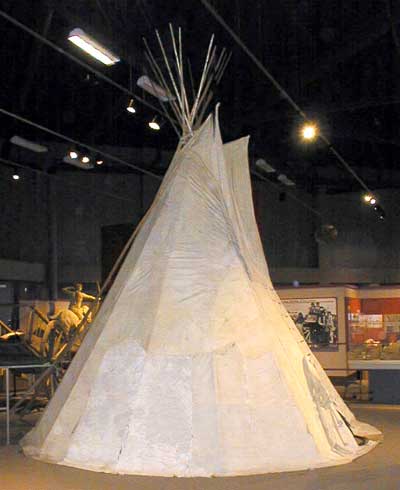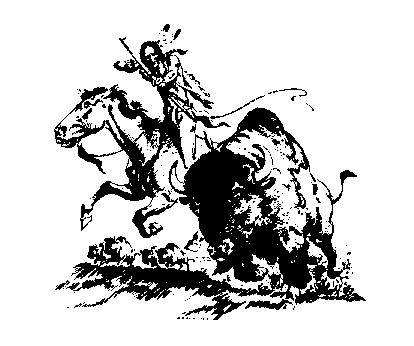|
The Native American people in the Red
River Valley harvested berries, acorns, and hazelnuts from the area. Pike, catfish,
drum, and turtles were harvested from the river, along with freshwater clams which were
made into ornaments and tools.
Bison, deer,
elk, beaver, muskrat, squirrel, and raccoon were hunted and/or trapped. The
archeological record also reveals that ducks were consumed by early people.
Late Prehistory
– Just Before the Arrival of Europeans
Before
Euro-American contact, Chippewa (also called Ojibway and Ojibwe), Dakota, Assiniboine,
Cree, and Cheyenne Indian tribes traveled in and out of the Red River Valley. They led a
nomadic lifestyle, hunting, fishing, and gathering plants. They lived in tipis covered
with birch bark or tanned hides, depending upon what was readily available.
They made
their tools from natural materials such as stone, shell, wood, and bone. In the 1700s,
European goods such as metal, cloth, glass, and steel began arriving in Pembina through
trade with other Native groups.
|

